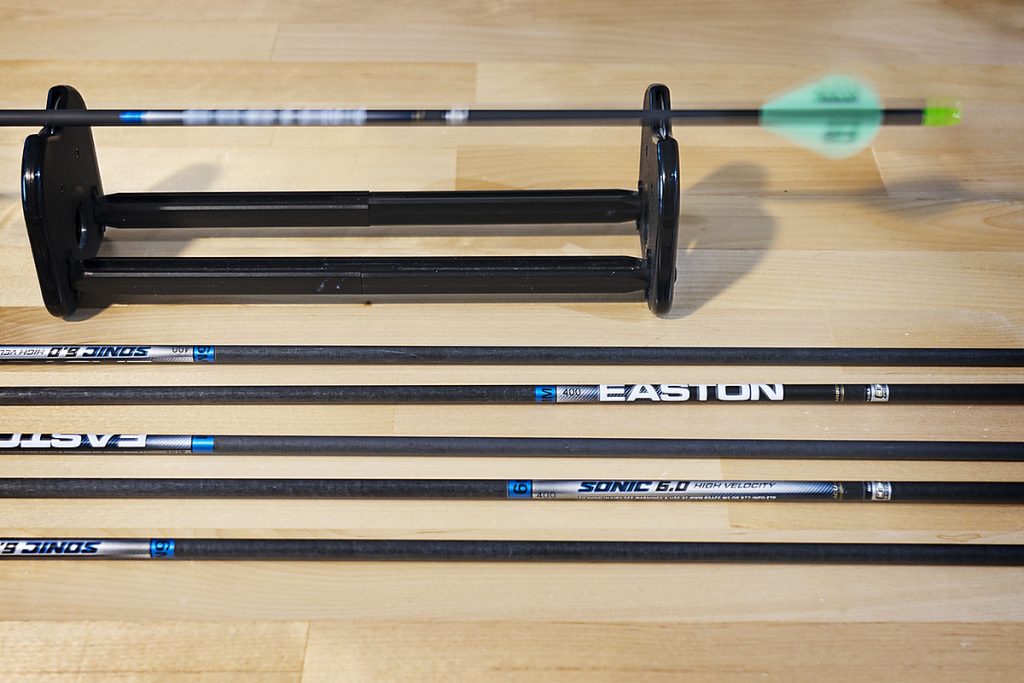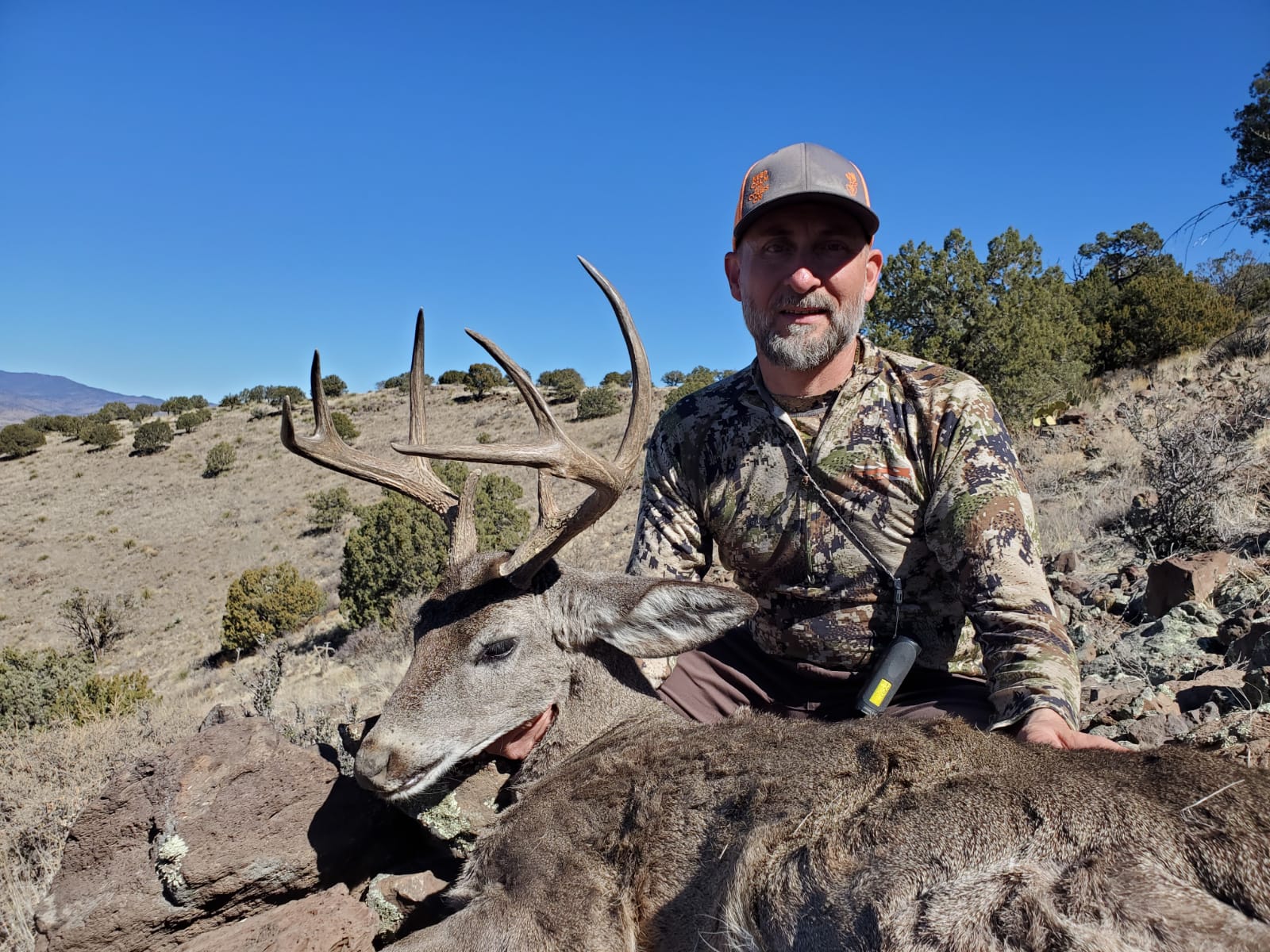Whether you recently purchased a new bow or plan on using last year’s model, summer is here, and fall is approaching fast. Bow season is right around the corner; it’s time to hone your shooting skills. Preparation for success is multi-faceted.
Proper preparation begins with ensuring your bow – new or old – is in working order. If checking center shot, tiller, cam lean, and other more technical tasks are outside your comfort zone, take your bow to a local pro shop and have them perform the tasks for you. Next, put some thought into arrow selection. Before selecting a new arrow, here are a few important reminders to help you select the perfect arrow for your setup(s).
Spine: In layman’s terms, spine is the measurement of arrow flex or bend when propelled from a bow. Manufacturers use various numbering systems to identify spine. For spine, here are two important notes to remember. First, as draw weight increases, the rigidity of the propelled arrow should increase for superior flight. Second, matching the correctly-spined arrow to your bow setup is paramount.

Weight: Lighter arrows fly faster than heavier arrows, which penetrate deeper. Because kinetic energy is a combination of speed and mass, a lighter arrow can have enough kinetic energy to perform well on most game. However, a heavier arrow with more momentum is preferable in many cases, especially for the largest big game animals such as elk, moose, or bison, to name a few.
Length: Typically, arrow length will closely correlate with draw length. Depending on the type of rest used, a bowhunter can control arrow length slightly. A shorter arrow will be lighter, stiffer, and affected less by wind during flight. The converse is true of longer arrows.
Diameter: Similar to arrow length, a smaller diameter arrow is less affected by crosswind. Additionally, a smaller diameter arrow will penetrate deeper than an equally weighted arrow of a larger diameter because it has less surface area; thus, less friction slowing it on impact.
FOC: Front of center is the arrow weight percentage in the front half of the arrow. Most arrows will intrinsically have between 10-15 percent of FOC. However, an arrow can be built with more or less FOC to achieve optimal flight.
Speed: Because speed numbers are used to market bows, it is the most commonly discussed arrow attribute. Bow speed ratings are set by IBO or ATA standards. It’s important to remember that arrow speed declines as draw length decreases and arrow weight increases. Few bowhunters hunt with a bow and arrow combination that matches either standard, usually favoring a heavier arrow.
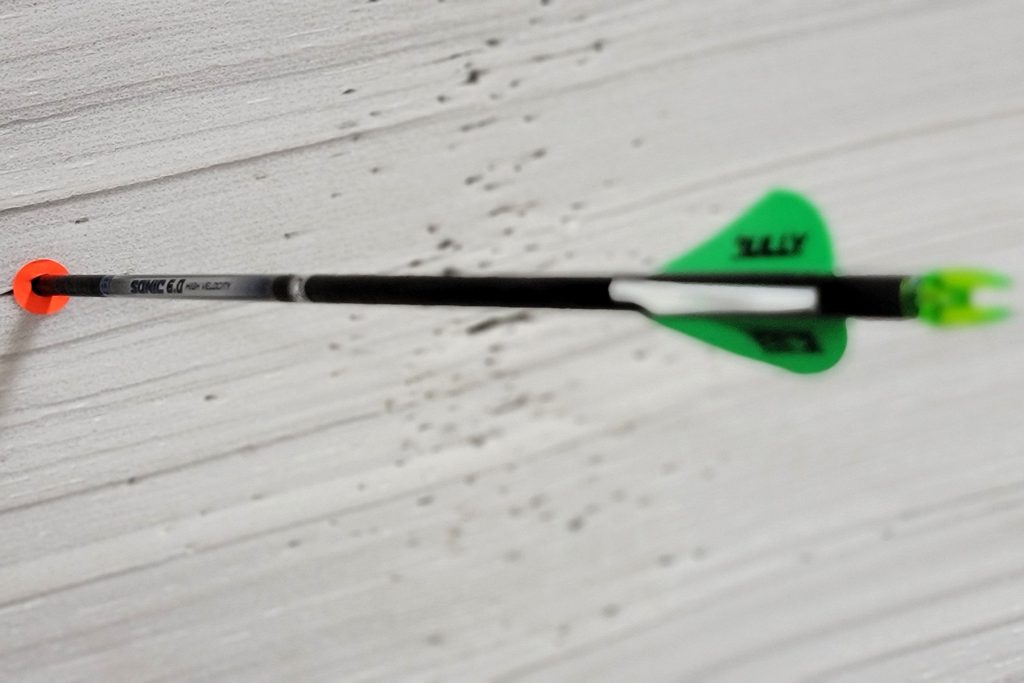
The Perfect Arrow
Let’s face it, there isn’t a perfect – finished – arrow to match every shooting situation from preseason practice to season’s end. Many bowhunters begin their season by shooting 3-D target courses, perhaps competing in organized tournaments. Early season opportunities may include pronghorn or Coues whitetail, followed by the pursuit of larger game such as black bear, elk, or Midwest whitetail later in the season.
The best arrow for each of those activities is likely quite different. An arrow designed for the 3-D course will be super-lightweight and flat-shooting. Taking and making shots on small, speedy game like pronghorn on the open prairie requires a flat-shooting arrow, albeit not as lightweight as a 3-D arrow. For elk, most bowhunters prefer a heavier, better penetrating arrow, usually well over 400-grains.

Easton Sonic 6.0
Don’t fret; many arrows offer a wide range of setups and accessories to match one arrow to multiple hunting situations. For example, take the new Easton Sonic 6.0. It is available in many spines to meet any bowhunter’s individual requirements. Its standard insert is lightweight to aid in building a speed arrow. Additionally, a second brass insert weighing 75 grains is available to achieve a heavier-hitting arrow. For a midweight arrow, break off a small perforated piece of the brass insert for a 50-grain insert. On the opposite end of the arrow, the Sonic 6.0 comes standard with a helical fletch to keep your broadhead spinning perfectly at any distance. Below is a more detailed look at the features and specs.
The Easton Sonic 6.0 “is a 6mm high-performance hunting arrow engineered with high-performance speed and hunting accuracy in mind. Each arrow is built from scratch in the USA using Easton’s seamless Acu-Carbon process for 100 percent weight and spine consistency. Its lighter overall mass weight provides a wide range of arrow options from lightweight speed setups to high-FOC/high-momentum heavyweights.”
The Sonic 6.0 is the first Easton arrow available with factory-fletched helical utilizing our 2″ Bully vane, designed exclusively for Easton by Bohning to provide the utmost broadhead flight accuracy. To accommodate every bowhunter, the Sonic 6.0 is available in six spines (250, 300, 340, 400, 500, and 600).
In other words, the Sonic 6.0 is exceptionally versatile and can be built for speed or power, depending on the individual setup.
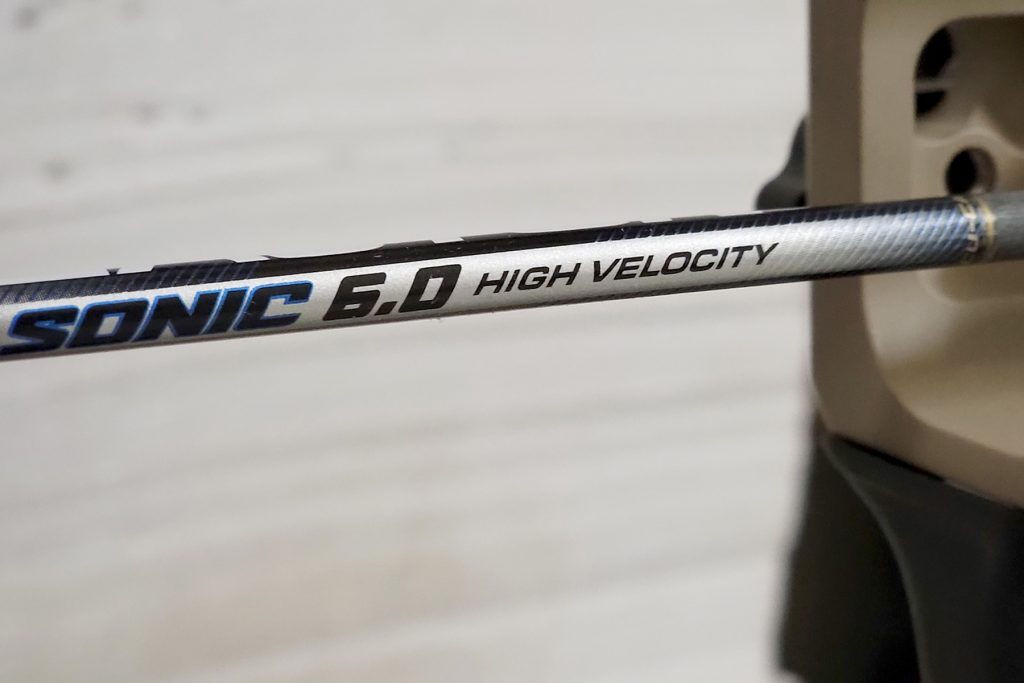
FEATURES
- 6mm ST Inserts included (19 grains)
- 6mm reduced-diameter higher-velocity 100% carbon-fiber construction
- Factory helical fletched w/ 2″ Bully Vanes
- Pre-installed 6mm nocks
- Straightness +/- .003”
- Made in the USA
One Arrow, Multiple Uses
Over the course of the season, I will be shooting three different arrows. I will be honing my skills on several 3-D courses to prepare for the upcoming season. My favorite game species to bowhunt is the Coues whitetail, with open seasons in early fall and during the rut in December and January. I also have a goal to shoot a black bear from a treestand or ground blind, and I will focus on accomplishing that goal this fall. I am shooting a Prime Archery Inline 1 set at 27 ½ inch draw length and 65-pound draw weight. I have come up with the following three options for my setup using the Easton Sonic 6.0.
Prime Inline 1 Bow Specs
- Draw Length: 27 ½ inches
- Draw Weight: 65 lbs.
- IBO Speed: 332 fps
Easton Sonic 6.0 Arrow Specs
- Spine: 400
- GPI: 7.2 grains
- Nock Weight: 9 grains
- Fletching Weight: 18 grains
Arrow 1 | 3-D
- Length: 26 inches
- Insert Weight: 19 grains
- Point Weight: 70 grains
- Arrow Weight: 306 grains
- Speed: 299 fps
- KE: 60.68 J
- M: 0.4059 slug⋅ft/s
Arrow 2: Coues Whitetail
- Length: 26 ½ inches
- Insert Weight: 50 grains
- Point Weight: 100 grains
- Arrow Weight: 368 grains
- Speed: 274 fps
- KE: 61.73 J
- M: 0.4490 slug⋅ft/s
Arrow 3: Black Bear
- Length: 27 inches
- Insert Weight: 75 grains
- Point Weight: 125 grains
- Arrow Weight: 425 grains
- Speed: 259 fps
- KE: 63.24 J
- M: 0.4884 slug⋅ft/s
As you can see, using a single arrow – the Easton sonic 6.0 in this case – you can achieve a wide range of arrows with various weights, speeds, and energies to match several hunting situations. I built three drastically different arrows changing arrow length, insert weight, and point weight. The three arrows have a weight range of 119 grains. With arrows made, it’s time to focus on pragmatic practice.
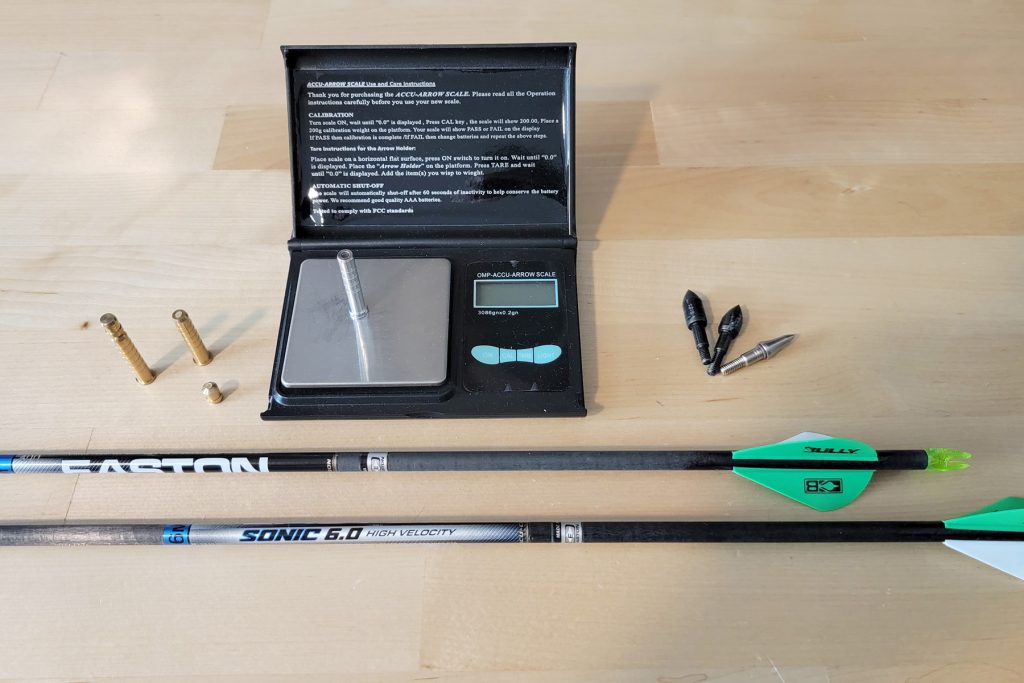
Real World Practice
Once you have your arrow choice(s) made, start by sighting your bow with the first arrow in your lineup (for me, the 3-D arrow). Once you have sighted your bow, make sure to practice wisely. Use the following three tips to challenge your abilities to maximize your chances of success in the field this fall.
- Shoot every day or several days a week to keep your shooting muscles in shape and to increase muscle memory. Don’t go overboard; practicing while you are tired can negatively impact form and, ultimately, success.
- Practice shots that you will take in the field. Suppose you’ll be shooting from a treestand; practice shooting from a treestand. Practice shots at short, long, and unknown distances. Practice while the wind is blowing or during a storm. Shoot several target types, especially 3-D targets of the game you intend to pursue.
- Before hunting, shoot broadheads to ensure their impact is the same as with field tips; adjust accordingly.
As the season progresses, follow the same procedures for a second or third arrow built for another specific hunting situation.
Get on Target
The Big-8 target from Delta has an 8-sided asymmetric hexagon design to maximize its shooting area. Made from premium competition-grade self-healing foam, the Big-8 target outlasts the competition by 8X when it comes to shelf life of the target and maintains easy-to-pull arrow removal. Best of all, the Big-8 is speed rated for impact from the fastest bows and crossbows and is broadhead compatible.
“True to its name, Big-8 features eight shooting faces, with plenty of green and white shooting spots to ensure easy target acquisition regardless of pin color. It also includes a sight-in grid, integrated carry handles, and the 20-inch adds a replaceable core to extend the life of your target.”
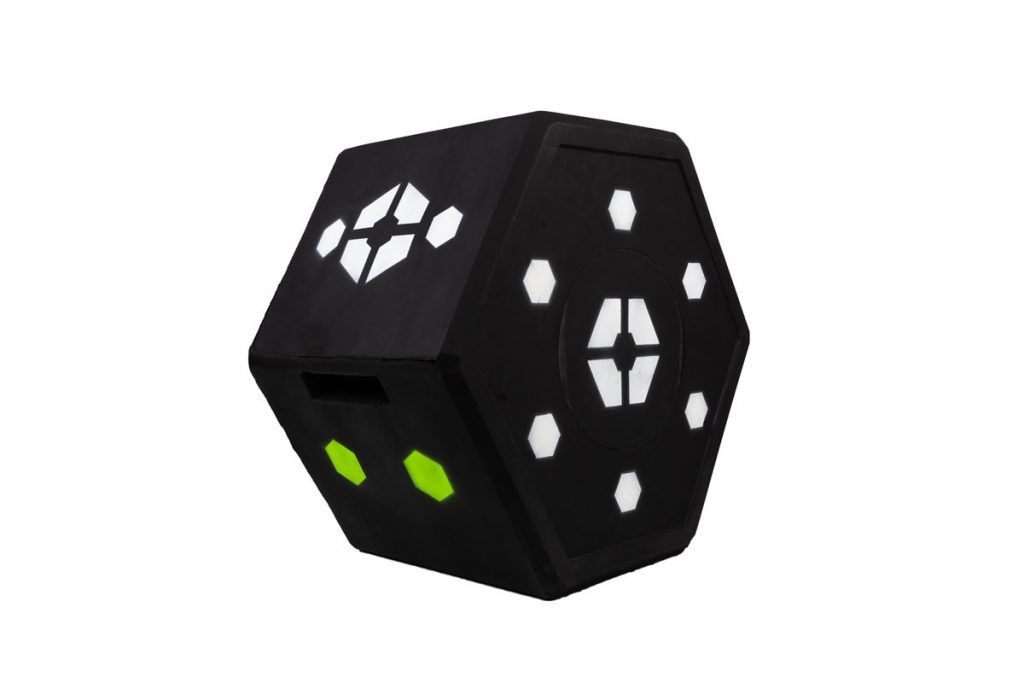
FEATURES
- Eight shootable sides
- Two sizes: 16 and 20 inches
- High-density urethane-foam construction
- Constructed for easy-arrow removal
- Broadhead approved
- Molded-in side carry handles
- Two-tone high-visibility green and white target spots
- Replaceable Core (20″ version only)
- Made in the USA
